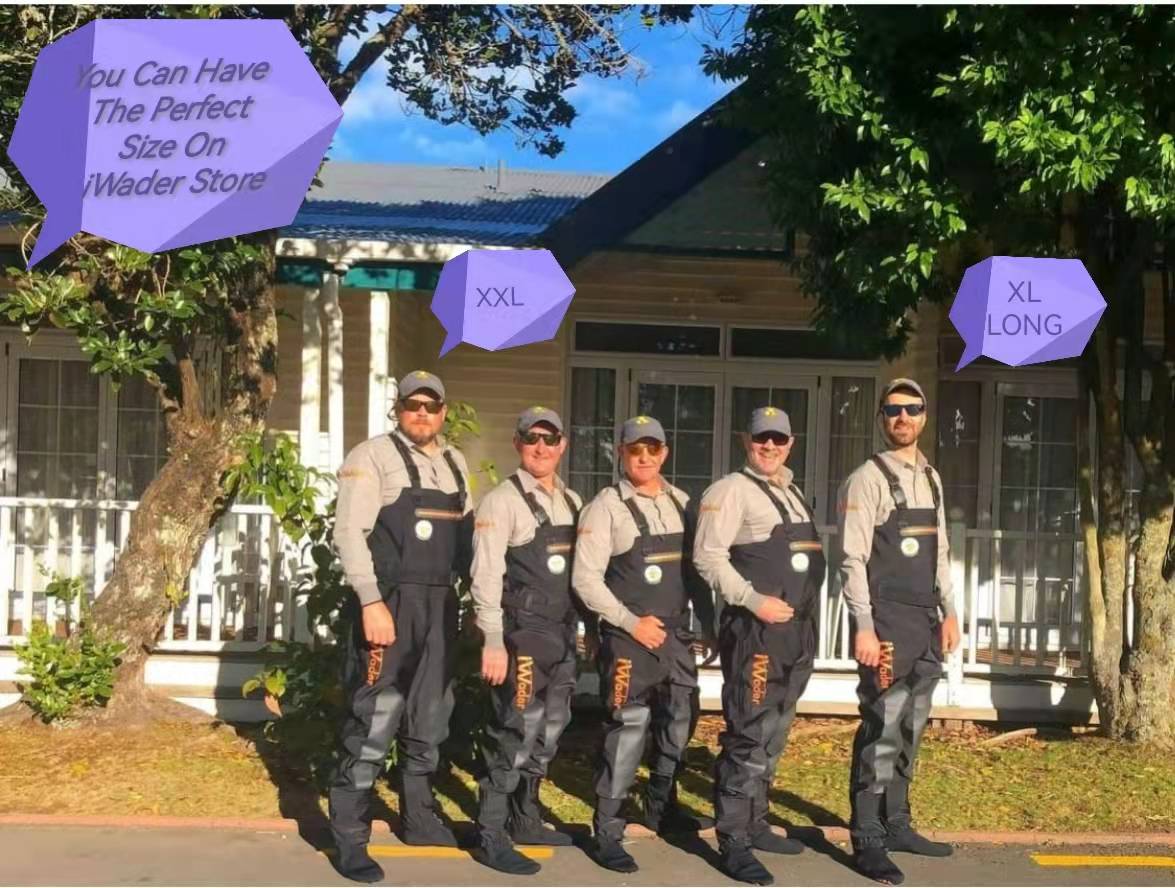Squid Fishing

The biggest squid ever recorded by scientists, at 43 feet (13 meters) long and may have weighed nearly a tone, is only one of more than 300 different species of squid. However, this monster is impossibly shy and only found at the greatest depths of remote oceans.
Available all year round and near to shore, squid suitable for the dinner plate are predatory creatures that rely on their camouflage and hunt by sight. They don’t like dirty water or strong currents and prefer to ambush their prey. Squid are normally found lurking around reefs, rocks and beds of seaweed, so this is a good place to start.
Try depths greater than one meter with seaweed and a sandy bottom. Squid will almost always strike your jig as it drops. Anything too deep though makes it harder to get your jigs down to the bottom within striking range, and are more likely to get tangled.
Some of the older methods to catch squid were metal squid spikes with a pilchard or whiting as bait, or hand lines. Nowadays, people are opting for light spin rods or spools with braided line. The Japanese squid tournament scene has turned squid fishing into a major sport and brought about massive development in squid fishing tackle and equipment. Some squid fishing rods have already made it into the Australian market, but can cost thousands of dollars. The rods have a very soft action to ensure that the tentacles will not be snapped off from too much pressure when fighting the squid.
If a dedicated squid rod sounds a bit extreme for you, then have a look for a rod that is reasonably slow in action and able to handle approximately a four-kilogram line. Many people are confused by which squid jigs or lures to use. Asking ten people what their favourite colour for squid jig are and they’ll give ten different answers.
Pink coloured squid jigs are the most commonly used as it is a good fall back when the other colours are not working. Green jigs will cover you for clear and cloudy conditions; blue for clear water and clear conditions; and orange is best when the water clarity is low. If you’re not catching any, and you know squid should be in that spot that day, then just try changing the colour until you find one that works.
Enjoy your squid fishing!























Leave a comment